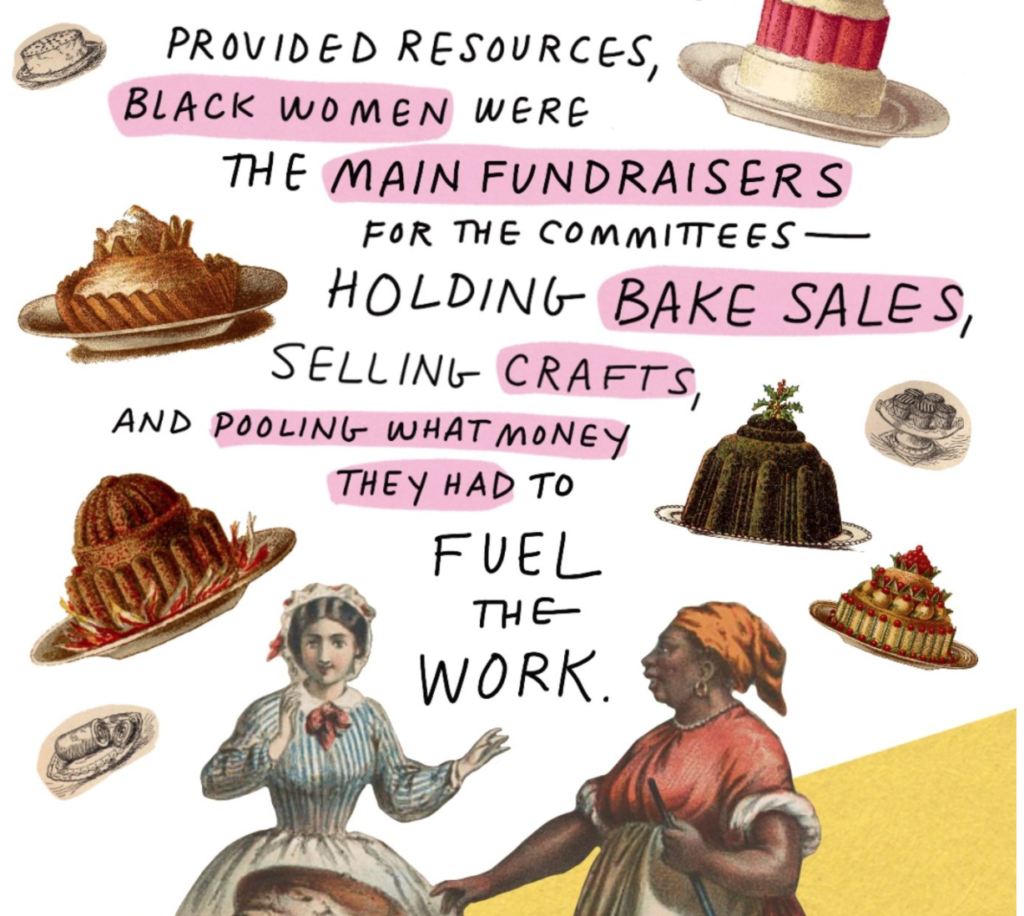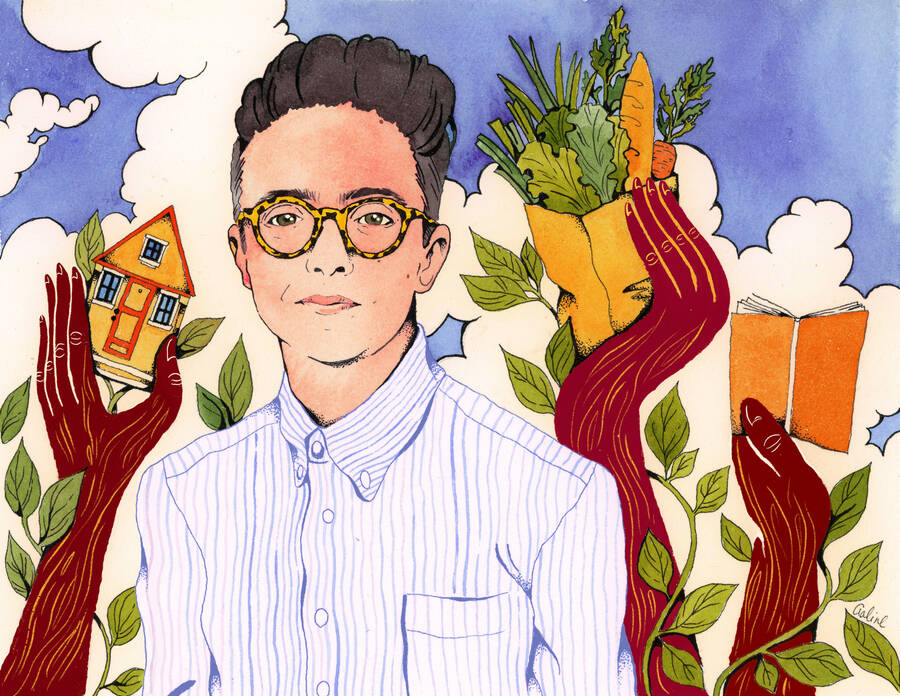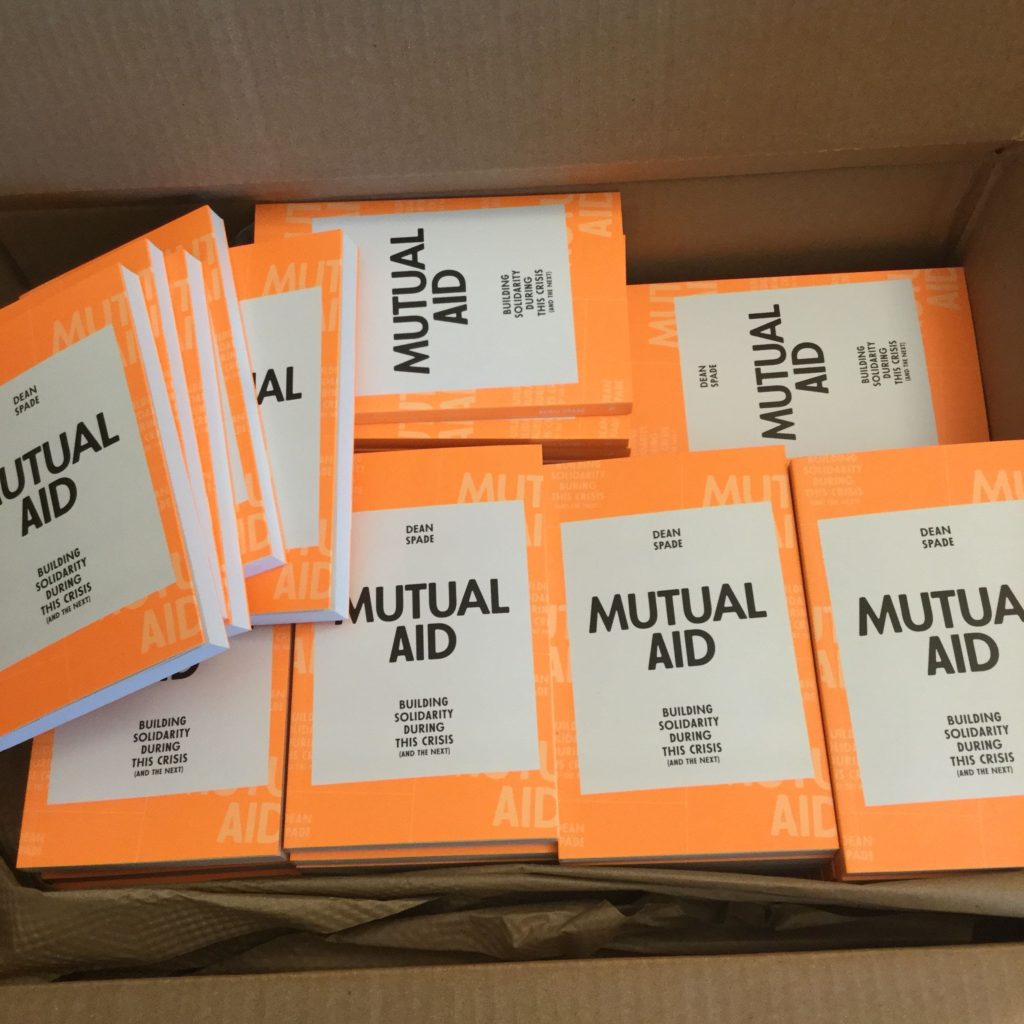Check out the whole thing! Grateful for the work of Ariel Aberg-Riger.

Check out the whole thing! Grateful for the work of Ariel Aberg-Riger.

This conversation was such a treat. Many thanks to Mia and to everyone at Bluestockings for making it happen!
I am a huge fan of the Its Going Down Podcast so I was very excited to be interviewed about my new book on mutual aid.
Clara Liang recently interviewed me for In These Times.

Amid the catastrophe of the pandemic, climate emergency and racist state violence, mutual aid has exploded. Ordinary people around the globe, from Seattle to Nigeria, are finding ways to support each other when the government won’t.Mutual aid isn’t just that we help each other. We help each other based on a shared recognition that the systems aren’t delivering and are actually making things worse. We’re simultaneously building a movement to address the root causes of the crisis we’re in.
Continue reading “New Interview about Mutual Aid with In These Times”Roar Magazine just published this adapted excerpt from my new book.

The only thing that keeps those in power in that position is the illusion of our powerlessness. A moment of freedom and connection can undo a lifetime of social conditioning and scatter seeds in a thousand directions.
Many people are feeling great relief that Trump has been voted out and are rightly celebrating the efforts so many people have undertaken to make that happen. But even as we celebrate, we must ensure we do not demobilize, hoping that the new administration will take care of our problems. Unfortunately, we can be certain that the Biden/Harris administration will not address the crises and disasters of climate change, worsening wealth concentration and poverty, a deadly for-profit health care system and racist law enforcement.
Continue reading “Mutual aid will help us survive the Biden presidency”Last week, Mariame Kaba and Ejeris Dixon joined me in a conversation about mutual aid, transformative justice and abolition. It was one of the best public conversations I have ever been part of and I highly recommend watching the recording!
In advance of that event, Barnard College interviewed me about mutual aid.
I also recently spoke to KUOW’s Bill Radke on The Record. You can listen here.
Last week I launched my new book, Mutual Aid, in conversation with Whitney Hu, hosted by Community Bookstore. You can watch the event video if you missed it.
Verso also recently gave me the opportunity to write a short descriptive list of five books that have influenced my thinking about mutual aid. You can read the essay, which focuses on the work of the Black Panther Party, the Young Lords, No One Is Illegal, and INCITE! and includes writing by Peter Gelderloos, Alondra Nelson, Harsha Walia, and others.
I encourage you to listen to all the episodes of the Death Panel podcast, including my recent conversation with them about mutual aid, COVID, poor relief histories, law, and more.
Finally, I wanted to note that my new book is part of a four-book series from Verso about COVID and care. Collect all four!

As part of celebrating the release of my new book on #mutualaid this week from Verso Books, I wrote this little piece highlighting 5 books that demonstrate how mutual aid is central to movements for transformative change. Check it out!
https://www.versobooks.com/lists/4876-5-book-plan-mutual-aid
Today my new book from Verso Books, Mutual Aid: Building Solidarity Through This Crisis (and the next) launches. I’ll be doing a launch event with Whitney Hu hosted by Community Bookstore tonight at 7:30pm Eastern, which will be recorded and available on their youtube after.
I am also very much looking forward to “We Keep Each Other Safe: Mutual Aid for Survival and Solidarity,” a conversation about the book with Ejeris Dixon and Mariame Kaba, hosted by the Barnard Center for Research on Women, Nov 12.
Also, check out this article Chris Dixon wrote featuring the book and discussing, more broadly, the importance of the ordinary, everydayness of mutual aid work in a world that tells us to seek fame and notoriety for social movement work.
Finally, Truthout published an adapted excerpt from the book today that might be good for reading groups or classrooms since its short and to the point.
